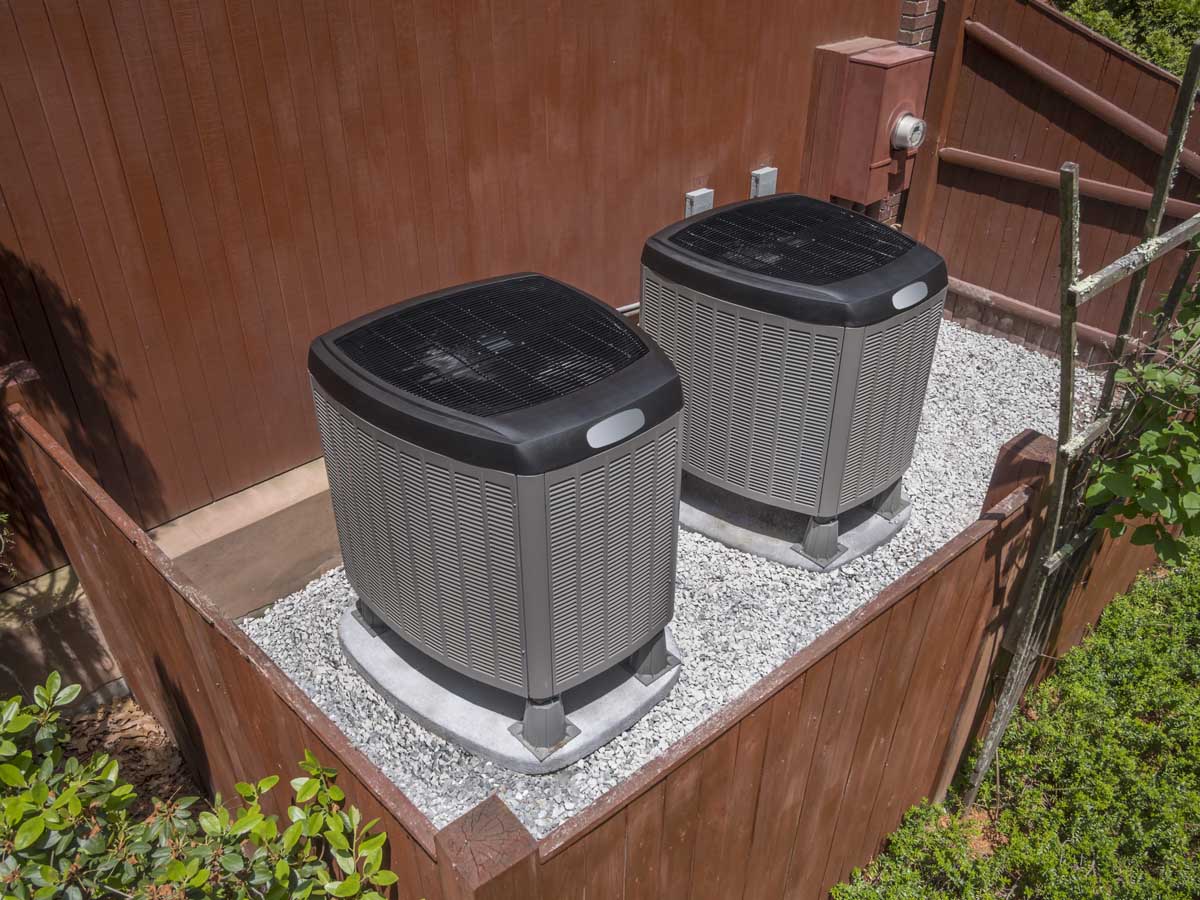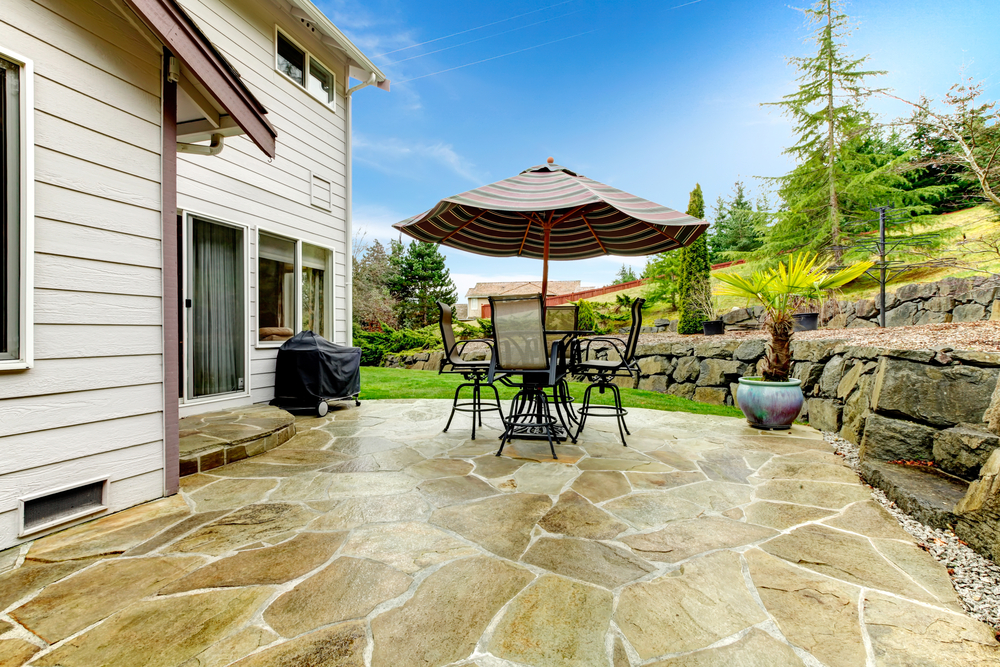 Should you repair or replace your broken air conditioner? It seems straightforward enough, right? If the cost of repair is significantly less than replacement, save some money and go with the repair.
Should you repair or replace your broken air conditioner? It seems straightforward enough, right? If the cost of repair is significantly less than replacement, save some money and go with the repair.
Unfortunately, the solution isn’t always so cut and dry. Let’s say you’re dealing with a broken air conditioner that could cost you a couple hundred dollars to repair. While replacement would be somewhere in the ballpark or $4,000.
It’s tempting to save a few thousand dollars in the short term and schedule the repair. Maybe a few months later your compressor wears out and you drop a few hundred bucks. Yet again to get that replaced. Then the motor goes out a few months later. You see the point. Read More





